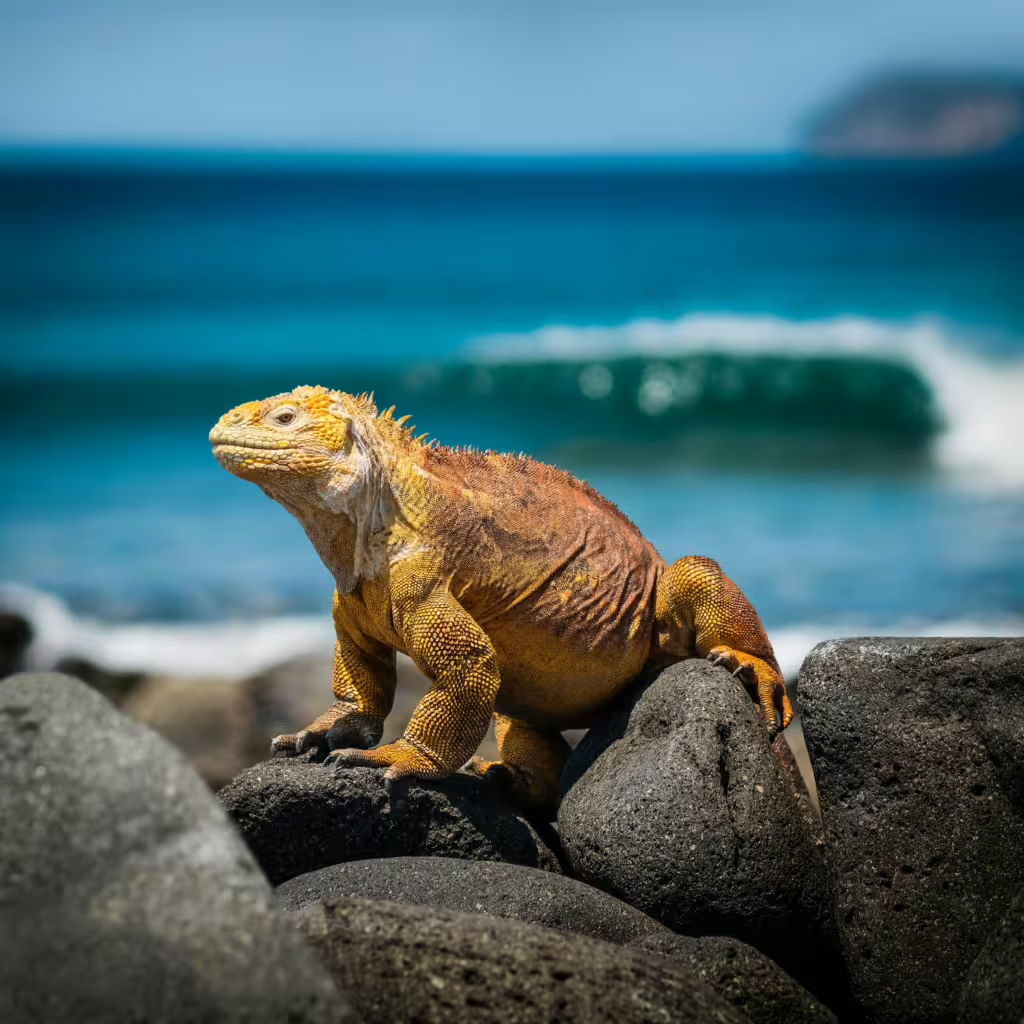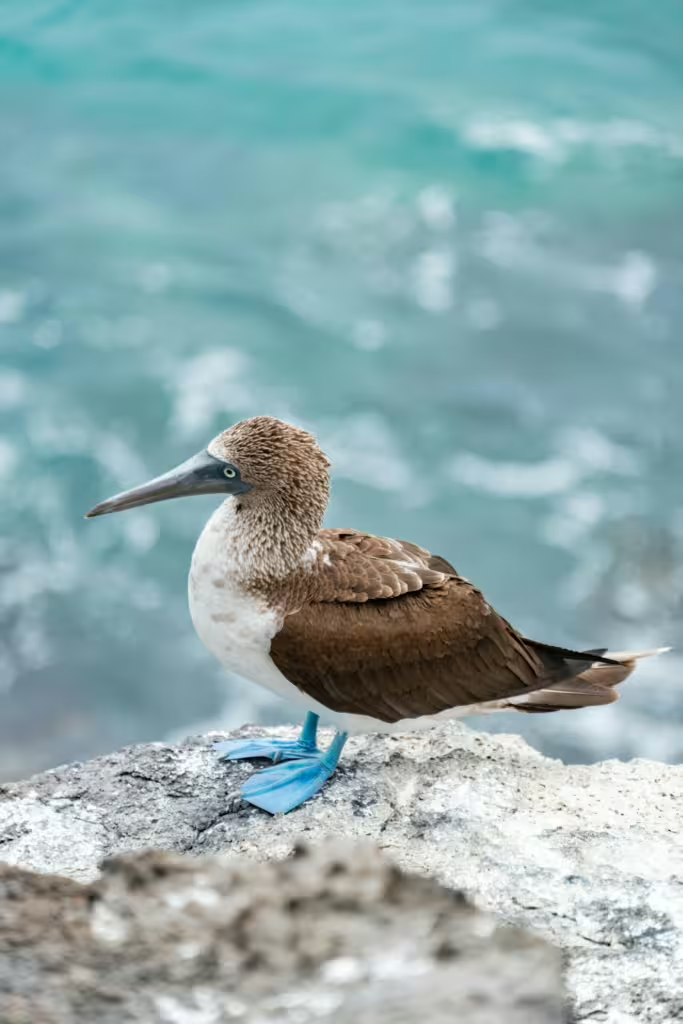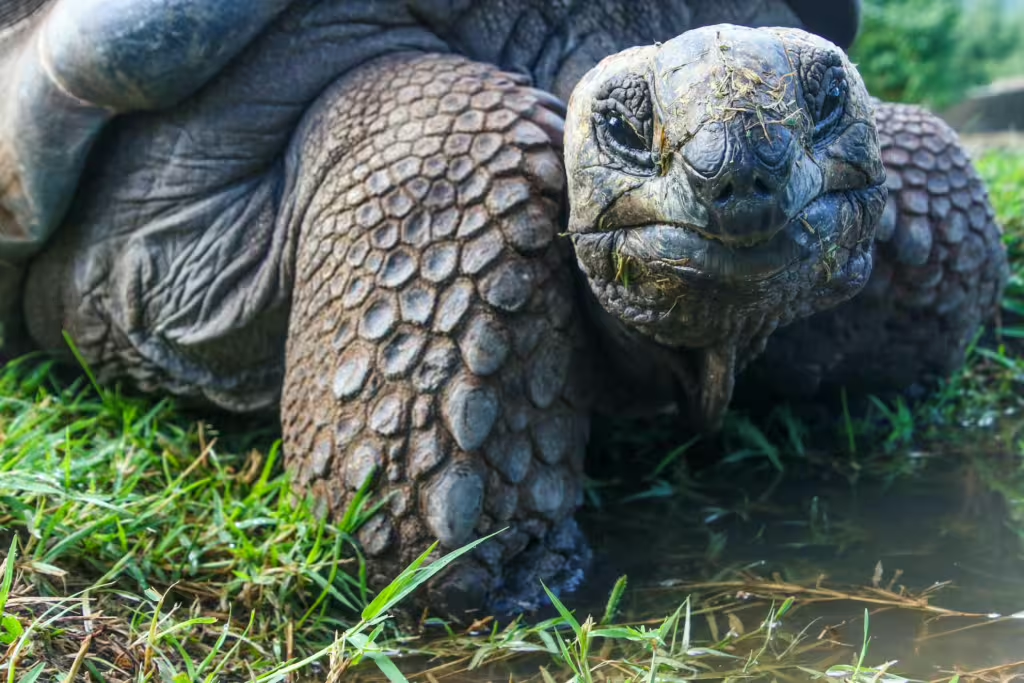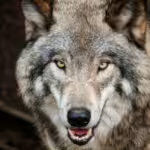The Galápagos Islands is a place of evolutionary wonder. This isolated volcanic archipelago, located in the Pacific Ocean, is most famous for the extraordinary biodiversity that calls the island chain home. Many people, including the famous naturalist Charles Darwin, consider the Galápagos Islands to be a living laboratory of evolution. The unique conditions of these islands, which includes a surprising array of microclimates, as well as their geographically-isolated position, have led to the development of species found nowhere else on planet Earth.
Charles Darwin’s observations of these remarkable creatures during his voyage on the HMS Beagle are why we know so much about the amazing animals and plants that live on the Galápagos Islands. In many ways, Darwin’s theory of natural selection was formed as a result of his time there and those creatures played a critical role in the formulation of many modern theories of evolution. In this article, we will explore the evolution of several of the Galápagos’ most fascinating animals. With each species, we will endeavor to demonstrate how their remarkable adaptations showcase the true power of evolution in reality.
Galápagos Tortoise (Chelonoidis nigra)
Most readers will already be familiar with the animal mugging it up in the cover photo of this article. The Galápagos tortoise is one of the most iconic animals living in the archipelago. This singular species has evolved into several subspecies over the centuries, each one adapted to life on different islands within the chain. The most common of the the Galápagos subspecies of giant tortoises can live for over 100 years, though several of the subspecies have been proven to live just as long. Take Lonesome George, the last of Pinta Island tortoises. When he died in 2012, George was over 102 years of age. As the last of his species, George was a prime example of why conservation is so important and how even the hardiest of animals can fall prey to extinction, even in the modern age.
An interesting evolutionary trait of these tortoises has to do with variations in shell shape. On islands with lush vegetation, the tortoises tend to have domed shells, while those that live on drier islands have saddle-backed shells. This latter adaptation allows them to stretch their necks higher in order to reach food. These differences illustrate how different environmental factors shape an animal’s physical traits over time. It isn’t just physical differences, either. These tortoises also exhibit various behavioral adaptations. During the dry seasons, some of these animals will engage in long periods of inactivity. This is so they can conserve energy. Scientists observed these metabolic rate changes early on but continued to study them, hypothesizing that this low metabolism may be responsible for the tortoises’ long lifespans and resilience in harsh conditions.
Unfortunately, these remarkable reptiles have faced human-derived threats from the very moment we set foot upon their island chain. Whether from invasive species or human exploitation, the Galápagos tortoises are in danger. Today, breeding and reintroduction programs have been introduced to help the already strained populations, but if more isn’t done, then many other tortoises are likely to perish in the same way as poor old Lonesome George.
Marine Iguana (Amblyrhynchus cristatus)
The marine iguana is a nifty little lizard. As the only lizard in the world adapted to a marine lifestyle, this iguana is unique in to the Galápagos. Marine iguanas evolved from a common ancestor of the regular land iguanas, but instead of climbing into the trees, the marine variety clung to the shoreline. In terms of physical adaptations, the marine iguana developed a flattened tail for swimming, strong claws to grip rocks, and the ability to excrete excess salt through specialized glands. This last bit is how the animal can survive and thrive in the salty ocean waters of the Galápagos.
Additionally, the iguana’s black coloration helps them absorb heat more efficiently than other terrestrial lizards and they often need to do so, because their primary feeding technique involves foraging in the cold ocean waters for algae. To that end, these reptiles have even developed the ability to slow their heart rates in order to conserve oxygen while diving. As if all that wasn’t cool enough, marine can also shrink their body size in order to stay alive when food is scarce. This is a unique adaptation among vertebrates and is rarely seen.
In terms of their conservative status, the marine iguanas are actually an interesting case. Their survival is closely linked to environmental factors such as ocean temperatures and algae availability, which makes them vulnerable to climate change. Because of this, however, monitoring their population can help scientists understand the environmental impact of climate change in the Galápagos region.
Sadly, despite their resilience and remarkable evolutionary traits, marine iguanas face threats from climate change and from invasive predators, such as feral cats and rats, which prey on their eggs and young. Nevertheless, conservation efforts are in place and have become focused on preserving their habitat and removing as many non-native species as possible in order to ensure their continued survival.

Blue-Footed Booby (Sula nebouxii)
And the award for the bird with the silliest name on the planet goes to…you guessed it, the Blue-Footed Booby. This silly-sounding seabird may be the butt of a thousand and one naughty naturalist jokes, but that doesn’t mean that it isn’t a remarkable example of Galápagos evolution. Known for their striking blue feet, which play a crucial role in their mating displays, these birds have a number of specialized adaptations to help them survive in the archipelago. Boobies have streamlined bodies and webbed feet, as well as specialized diving techniques that allow them to plunge from great heights to catch fish.
Though their feet might be blue, they are not depressed, in fact the intensity of that blue coloration acts as a direct indicator of the bird’s health and fitness This coloration is derived from carotenoid pigments they obtain through their diet, which is why light blue feet means they are might not be eating right. Blue-footed boobies nest in colonies on cliff sides and they flash their feet in elaborate courtship dances so that they can find a mate. Despite their widespread presence in the Galápagos, the booby populations fluctuate based on prey availability, which has been affected in recent years by oceanic changes such as El Niño events.
Flightless Cormorant (Phalacrocorax harrisi)
Unlike its flying relatives on the mainland, the flightless cormorant has evolved in a very different way in order to survive on the Galápagos islands. Without needing to fly, these cormorants have developed smaller, stubbier wings and powerful legs and webbed feet. These make it a poor flier but a darn good swimmer, allowing the cormorant to dive deep in search of fish and eels. Some readers might be wondering how and why a bird would evolve from having wings to not having usable wings over time and the answer is actually pretty logical. Evolutionary adaptations like this are likely driven by the lack of natural predators on the Galápagos islands. This invariably reduces the bird’s need to fly to escape them, so over time, the wing muscles weakened and they adapted in other ways.
Even the cormorant’s feathers have become adapted to their aquatic lifestyle, though in a different way than those of flying cormorants. The feathers of the flightless are denser and less waterproof than those of their flighty cousins, necessitating frequent sunbathing to dry off. Unfortunately, fluctuations in ocean currents, particularly those caused by climate change, directly impact the survival of this species, as they can greatly affect their food supply. The same is true for invasive species, which feed on the flightless cormorant’s eggs and the birds themselves.
Darwin’s Finches (Geospiza spp.)
Perhaps the most famous example of adaptive radiation within the Galápagos are Darwin’s finches. This impressive array of birds have evolved into at least 15 distinct species, each with a beak shape adapted to different food sources found in their specific island ecosystem. For example, some species have large, strong beaks for cracking seeds, while others have slender beaks ideal for feeding on insects or nectar. At the same time, some finches have resorted to using tools like cactus spines to poke into holes and search for bugs. Wherever you go on the Galápagos, you’ll find a finch that meets that island’s specifications.
The diversity of these birds basically exemplifies how natural selection operates in response to environmental pressures; which explains the name. In fact, research has shown that finch populations can still rapidly evolve in response to changes in food availability. During droughts, for instance, finches with stronger beaks are more likely to survive as they can crack harder seeds. At the same time, hybridization often occurs between species, creating further genetic diversity.
Galápagos Sea Lions
The Galápagos sea lion (Zalophus wollebaeki) is one of the most iconic animals in the whole Pacific ocean. Known for its playful nature and strong social bonds, these marine mammals can be found lounging on beaches all over the archipelago. The seal lions swim in the surf, living their delighted pinniped lifestyles and even interacting with humans in the water from time to time. Though, you wouldn’t want to run afoul of a male. These aren’t tiny little seals we’re talking about. Bull sea lions can grow up to 900 pounds and establish harems of females, which they aggressively defend. Females and pups are much smaller, and young sea lions are often seen nursing or playing along the shore.
These sea lions are highly adapted to their island environment, using their streamlined bodies and powerful flippers to navigate swiftly through the ocean in search of fish, squid, and other coastal marine animals. Despite their adaptability, these and many pinniped species face threats from climate change, overfishing, and human activity in nearly every oceanic ecosystem.

Sally Lightfoot Crabs
It’s not often we talk about invertebrates, but the Sally Lightfoot crab (Grapsus grapsus) is too interesting not to cover. These crustaceans are among the most visually striking creatures on all of the Galápagos Islands. They possess vibrant red, blue, and yellow shells, and are remarkably agile. They can often be found scrambling over rocky shores, using their speed to evade predators such as seabirds and marine iguanas. Unlike many other crabs, the Sally Lightfoot can move in multiple directions quickly, which makes them difficult for even the swiftest predators catch.
The crabs’ diet mainly consists of algae, detritus, and even other small invertebrates, making them important scavengers and nutrient recyclers within the island’s tight ecosystem. As a result, these crabs play a crucial role in keeping the shoreline clean by consuming any unfortunate “organic matter” that happened to wash ashore. While they are not currently threatened directly, they do rely on the stability of their coastal habitat in order to thrive. Ocean acidification could also seriously impact their development as it affects shelled animals.

Galápagos Hawk
The Galápagos hawk (Buteo galapagoensis) is the top predator in the islands’ ecosystem. This apex raptor is a bold and fearless creature that can be found on several islands in the archipelago. Distinguished by their dark plumage and large wingspan, Galápagos hawks have relatively few natural predators, which allows them to thrive in the islands’ varied environments; regardless of whether they are shore, seaside, desert, or jungle.
True Investigator Says…
As you can see, the Galápagos Islands remain a prime example of the planet’s evolutionary processes in action. The animals found here are unlike anything else on Earth. Each of these species has undergone its own remarkable adaptation. From the long-lived, iconic Galápagos tortoise to the adaptive dynamos known as Darwin’s finches, each creature tells a story of survival, adaptation, and ecological interaction.
Like any other ecosystem however, this one is under siege thanks to human beings. Adaptive as these animals might be, even they are no match for climate change, pollution, and invasive species. If we want to continue to learn from the Galápagos’ example, then we need to step up to protect the critters that live here. Who knows how some of them might evolve in the years and centuries to come.
Discover more from TrueInvestigator
Subscribe to get the latest posts sent to your email.


